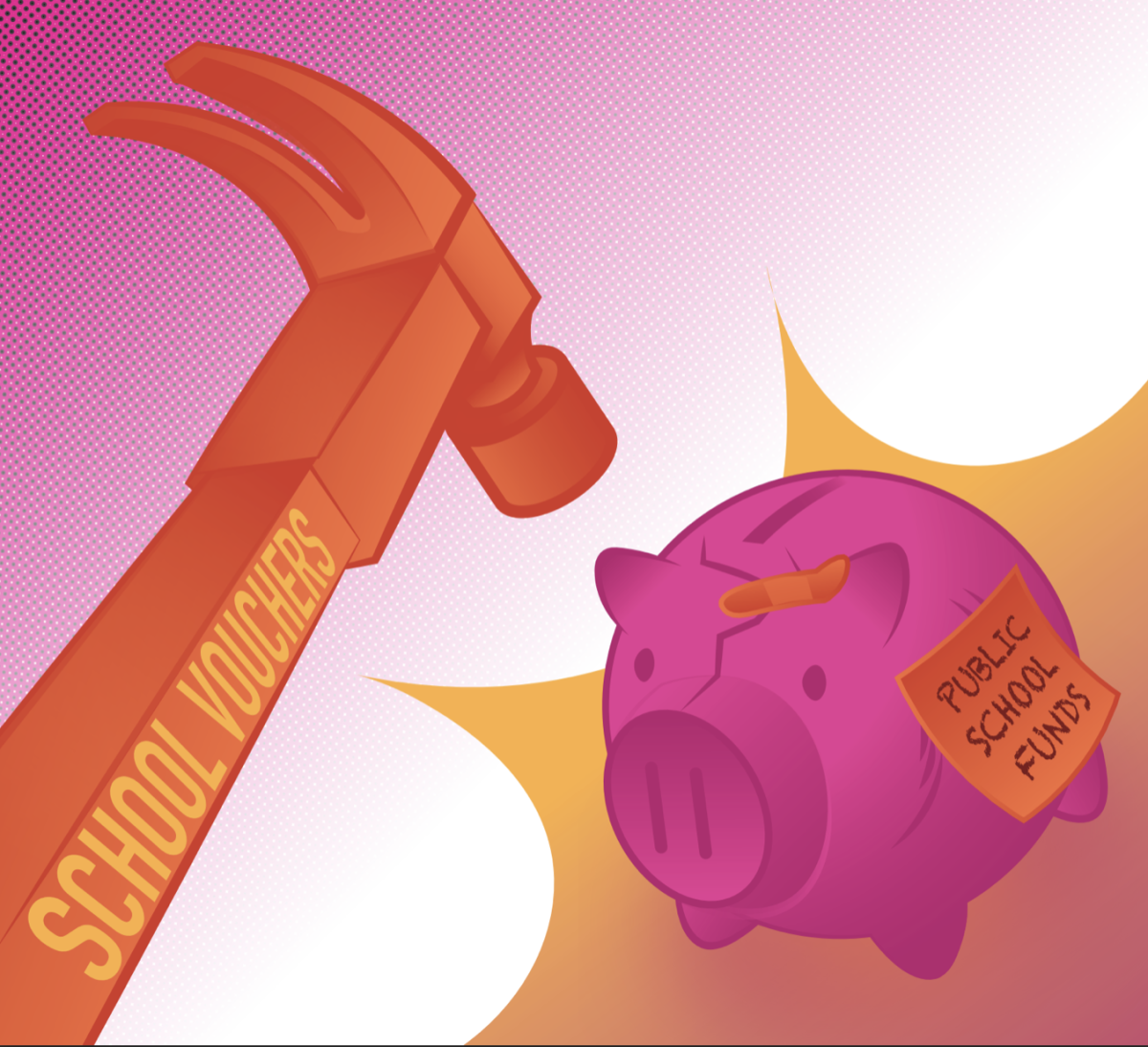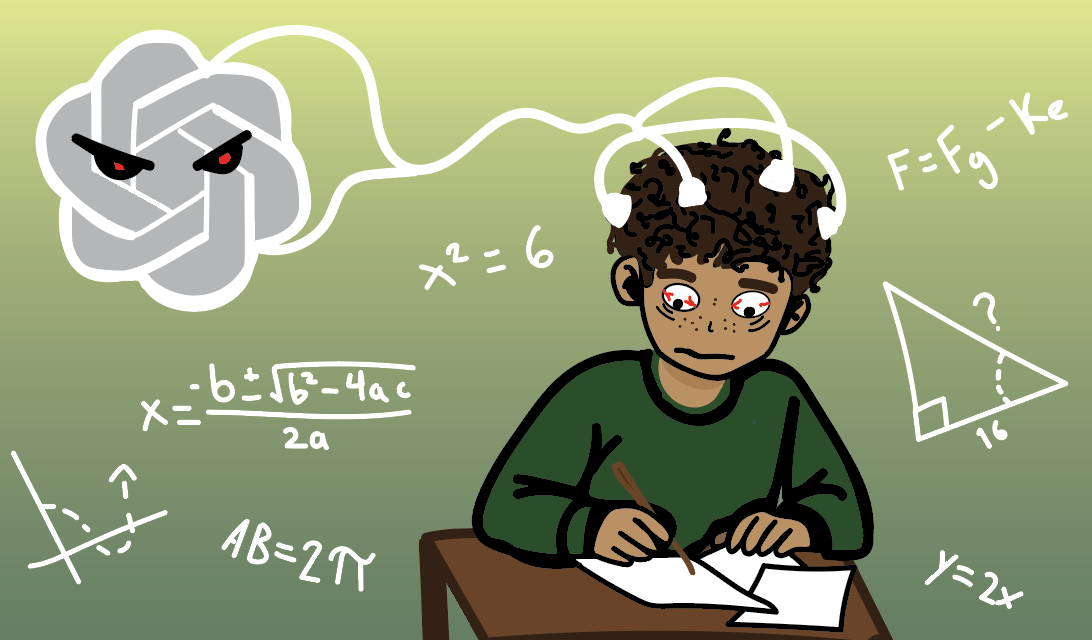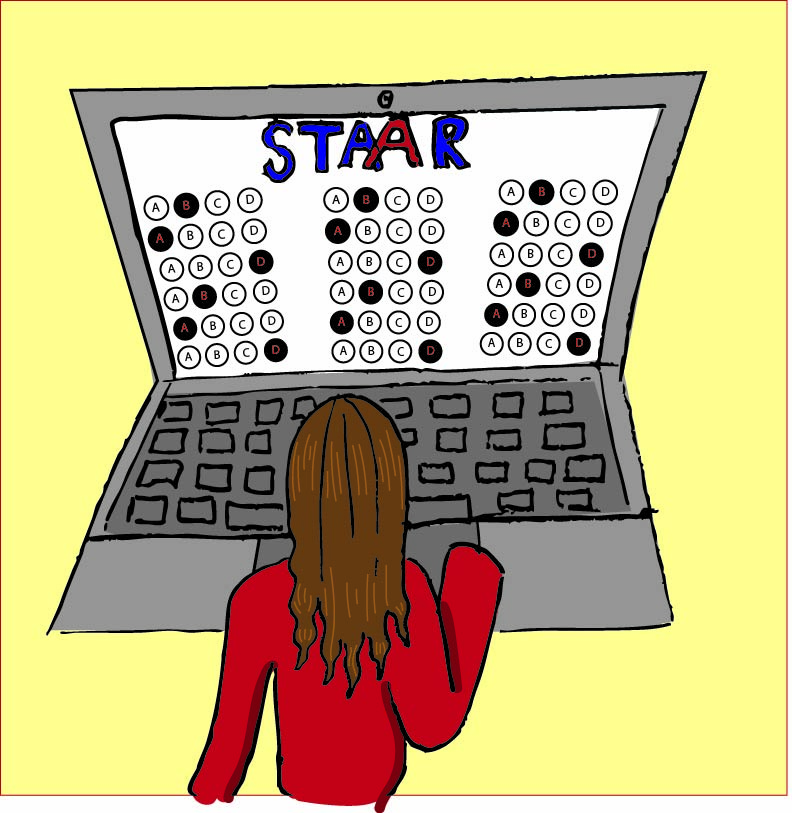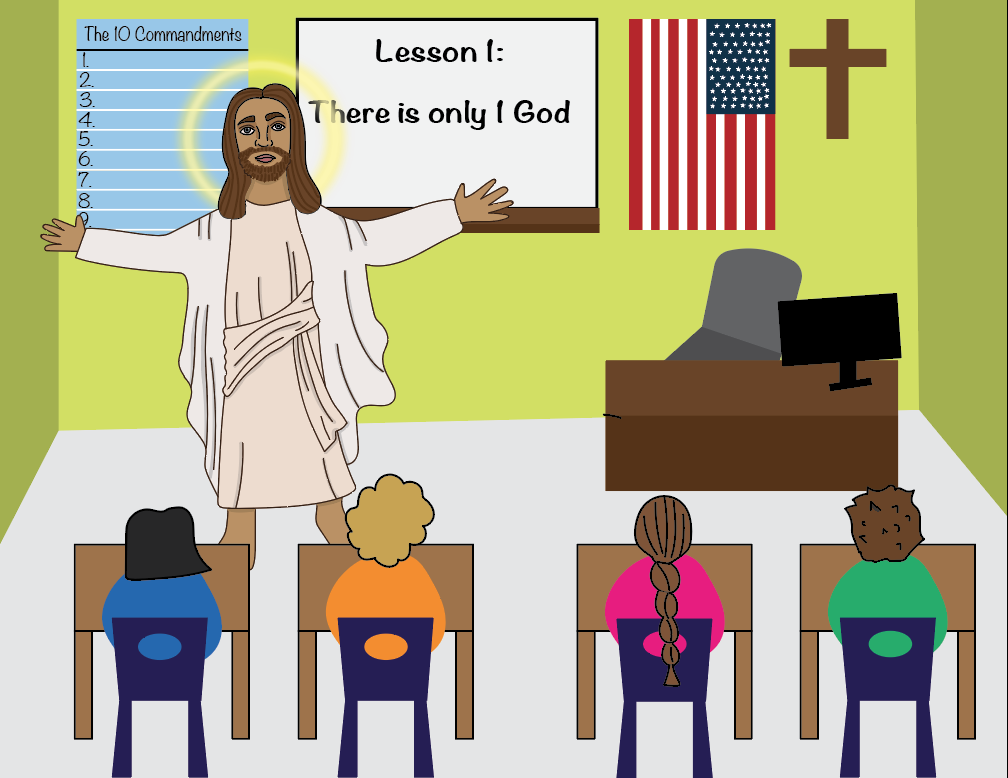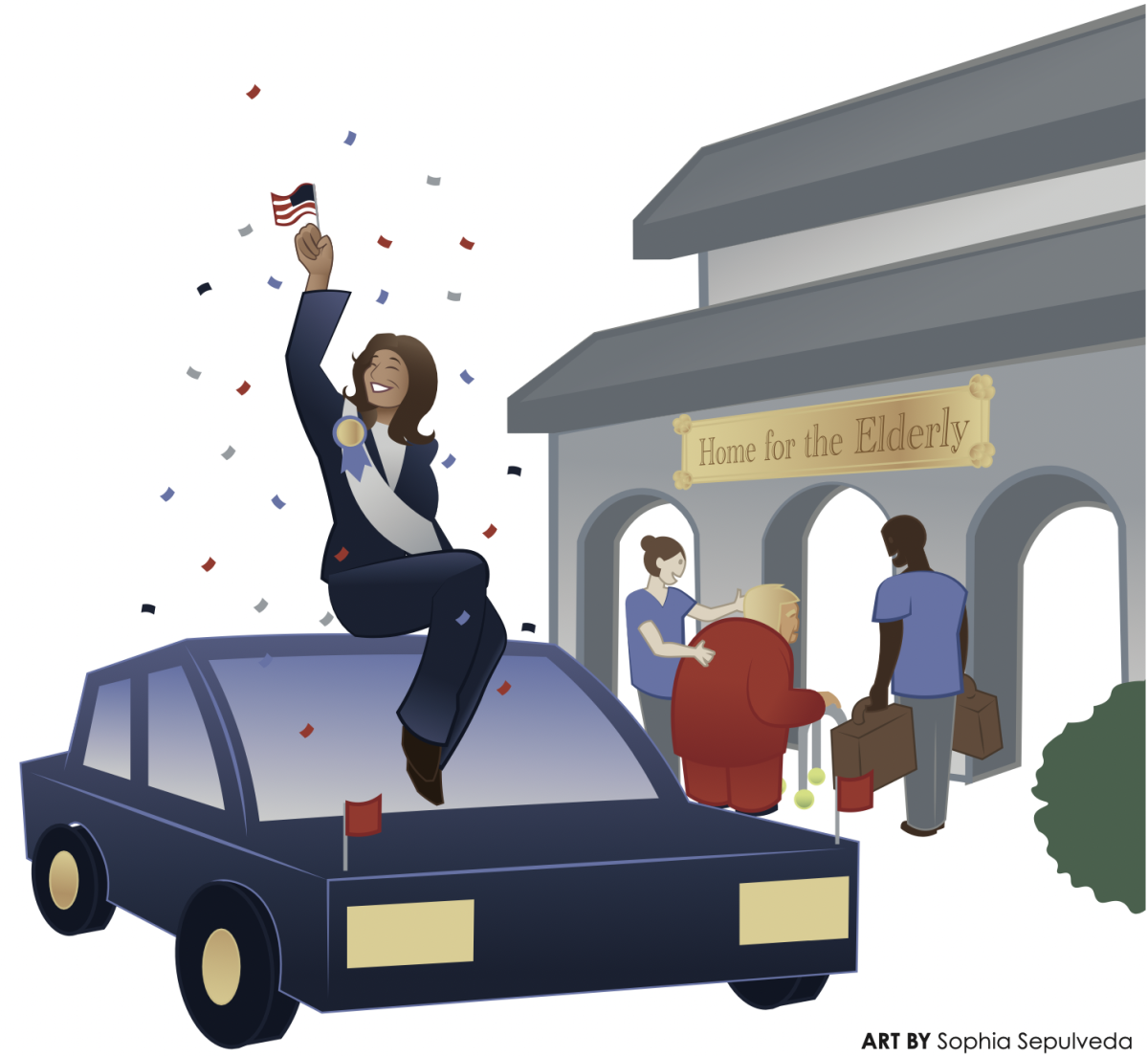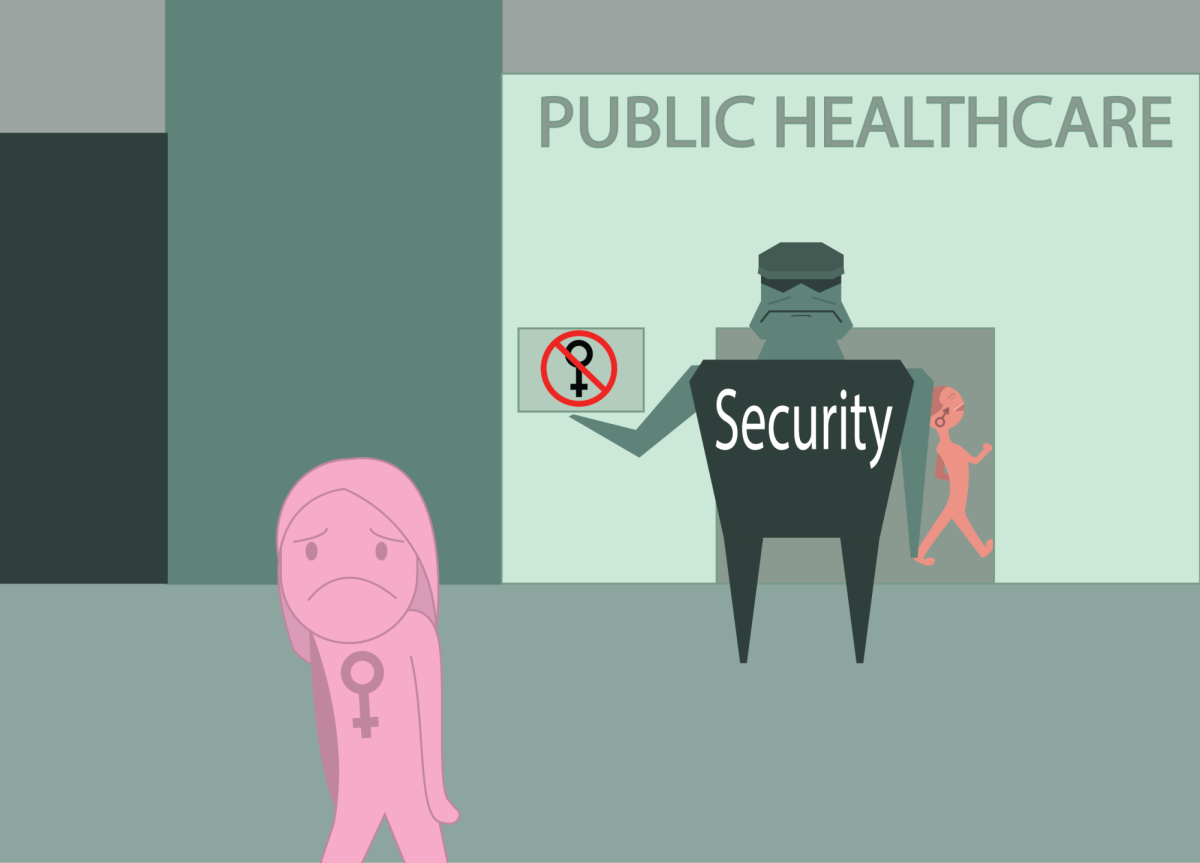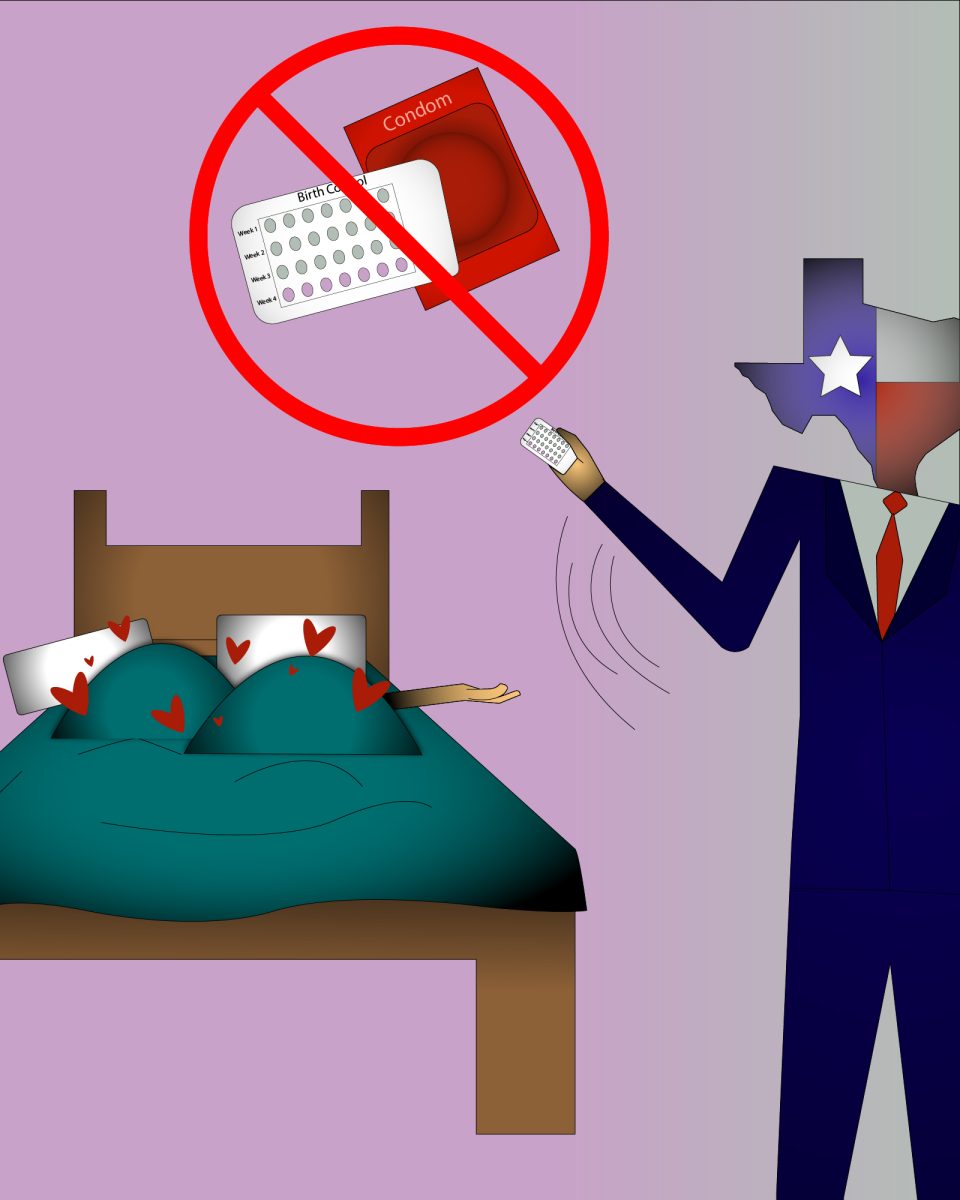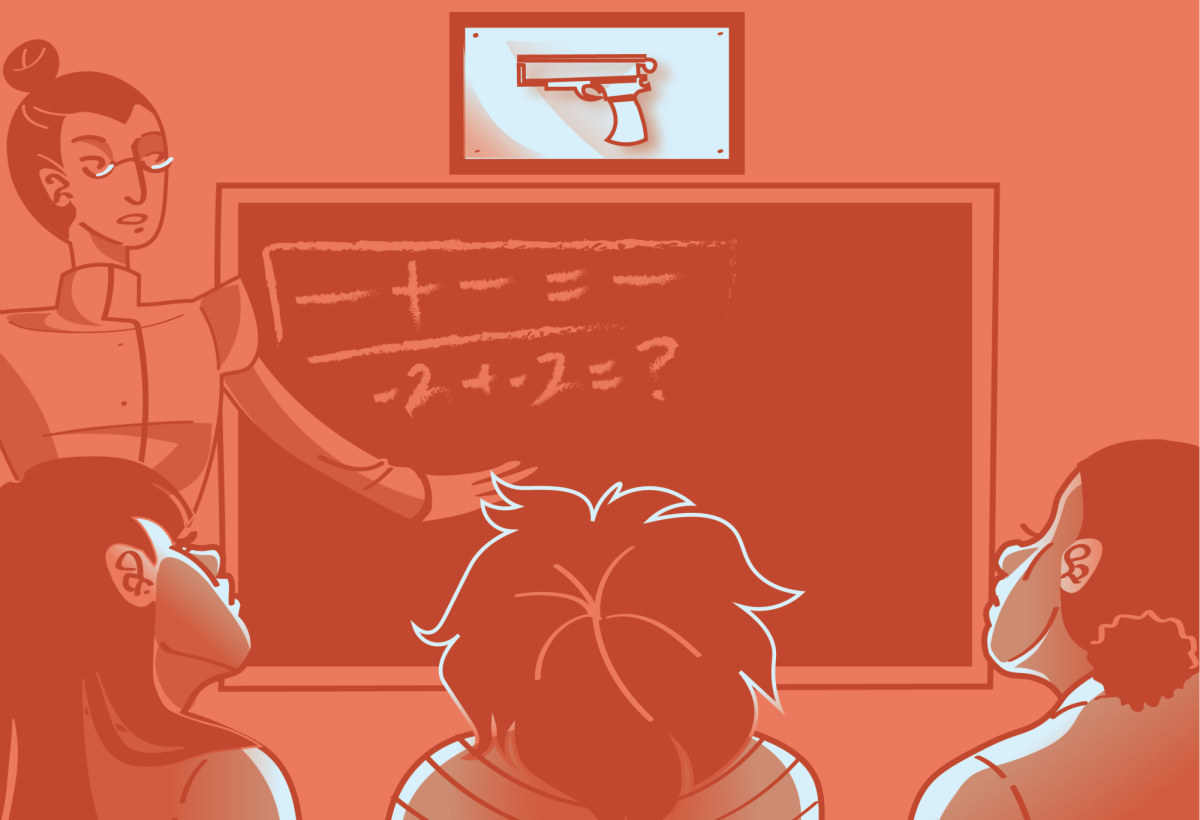From glitchy laptops to overcrowded classes to unreliable air conditioning or heating, public school students and teachers experience numerous challenges on a daily basis due to a lack of funding. Meanwhile, Texas lawmakers are pushing to allocate more taxpayer dollars to private schools rather than addressing the significant funding barriers that are currently impacting the public education system.
On February 5, 2025, Senate Bill 2 was passed, with the goal of implementing an Education Savings Account (ESA) program (also known as school vouchers). School vouchers use tax-payer dollars to fund subsidies which help families pay for private school tuition.
So, what’s the catch? The funds used to subsidize school vouchers are often diverted from public school funding. With approximately 73% of Texas schools already being underfunded, according to the Rice University Kinder Institute, these are resources that public schools cannot afford to lose. Therefore, the Dispatch Editorial Board believes that the implementation of a school voucher program would come at the expense of Texas public schools and students.
Public school budgets are already stretched thin. For example, on March 1, 2025, the Austin Independent School District announced a hiring and spending freeze resulting from growing financial troubles.
If students are incentivized to switch to private schools, public schools will suffer from additional strains on funding as more students make the switch from a public to a private education. This would make it more difficult to address staffing shortages, impacting students’ ability to receive a quality education and possibly forcing some campuses to close.
Furthermore, the school voucher system would not serve all Texas students equally. According to the Texas Tribune, Senate Bill 2 has established a low-income threshold of roughly $156,000, meaning that families whose income is anywhere between the federal poverty level and this threshold will receive the same level of assistance (about $10,000 a year). The problem with this is that, for families making significantly less than $156,000 per year, a $10,000 stipend would be insufficient, especially given the fact that private school tuition in Texas can range from around $11,000 to over $40,000 a year.
Finally, school vouchers and private schools often lack accountability and oversight which is a major concern given that ESAs are funded by taxpayer dollars. Private schools essentially have complete control over the material they teach, who they choose to admit, and methods of instruction. Parents shouldn’t have to worry about their taxes going towards unregulated schools rather than their own child’s education.
Although some argue that ESAs provide parents with a choice of where to send their kids to school, families often relinquish numerous protections in opting for the voucher system. Private schools are not required to adhere to numerous civil rights provisions such as protections established under the Civil Rights Act of 1964, and the Americans with Disabilities Act. As a result, choice and autonomy ultimately fall into the hands of private schools rather than families.
Instead of debating over the controversial issue of school vouchers, Texas lawmakers should focus their energy on ensuring that all public schools have adequate funding and access to resources. Lawmakers should allocate more taxpayer dollars to public education which could be used to improve campus facilities, hire more teachers, and guarantee a quality education to all students, reducing the appeal of switching to private schools.
A hopeful future is only possible if younger generations are able to receive a well-rounded education that prepares them to make positive contributions in their communities. Public schools provide students with the opportunity to engage in meaningful conversations with peers of diverse backgrounds; a critical experience in a world that constantly tries to tear us apart.


